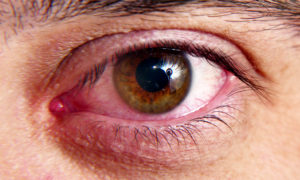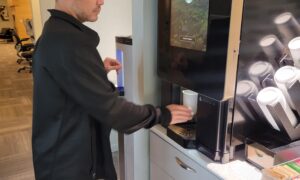By Jeffrey W. Robertson, OD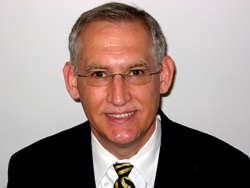
and Jennifer C. Lane, OD
SYNOPSIS
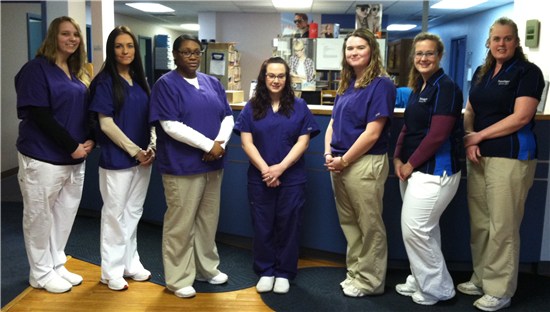
An optometric practice can apply the same legendary serviceprinciples thatRitz-Carlton hotels teach in theirtraining program. This is Part 2 of a series.
ACTION POINTS
BE WELCOMING. Address patient by name as though he orshe were your guest.
ANTICIPATE NEEDS.Explain exam steps before patient asks.
SAY GOODBYE. Doctor and staff should say goodbye to patient by name and thank them.
My office prides itself on delivering a superior patient experience. We do this,in part, with lessons we learned from participating in the Ritz-Carlton Leadership Academy. In part one of this series, Lessons for the Optometric Practice from Ritz-Carlton, I described how our staff offers stellar service thanks to lessons learned from the RC Leadership Academy. Both of us have attended the Ritz-Carlton Leadership Academy. (Dr. Robertson attended several years ago and Dr. Lane later attended a local ophthalmology program that featured seminars from RC Leadership Academy.) Click HERE for a list of upcoming RC Leadership Academy programs including cost. We formatted from the RC program to fit the needs of our practice. We do not send our employees to these seminars, but we train them using a customized program developed from the RC program.
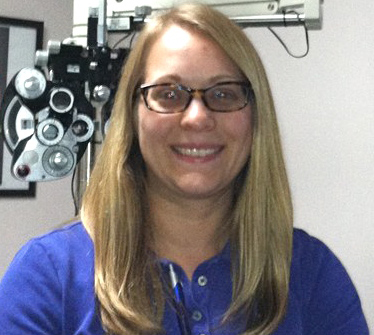
3 Superior Service Conversation Starters
Greeting: “Good morning, Mrs. Jones. Good to see you again. I see you are here for your eye exam. Will you be using your VSP plan to cover your visit?”
Anticipating Needs: “We are happy to see you today, Mrs. Jones. My name is Amber and I will be performing the preliminary testing.”
Fond Farewell: “Mrs. Jones, thank you for your visit. If we don’t hear from you earlier, then we will see you in one year to maintain your eye health and good vision.”
Begin with Warm Welcome
At our practice, we greet patients in the warm and personal way that you are greeted when you stay at a luxury hotel.
We have a system that provides us with basic information about each patient, so that we can greet them in a personal way, just like Ritz-Carlton patrons are greeted in that luxury hotel environment. “Good morning, Ms. Jones! I see you are here today for your eye exam. Will you be using your VSP plan to cover your…?”
Our check-in person will greet them with, “Hi, Mrs. Jones, we are glad to see you today, please sign in for your appointment.” This happens before Mrs. Jones signs in and Mrs. Jones is recognized by name. Seems simple enough, but most offices greet with “sign in here.”
The check-in person will then say “I see you are here for your eye exam and you have VSP which is a very good vision plan that covers your exam with a co-pay of $10 and also you have coverage for glasses and contacts, as well. We also have CareCredit which will cover your co-pays and any out-of-pocket expense, as well, with six months same as cash which can make your care more affordable. Please have a seat while we update your data and a technician will be with you shortly to begin your exam.”
Anticipate Patients’ Needs
The check-in person has completed step one–recognize by name and step two anticipation of the patient’s concerns before the patient has a chance to ask.
The technician will call Mrs. Jones by name and will say that “we are happy to see you today and I see you are here for your eye exam, my name is Amber and I will be performing the preliminary testing.” The technician then explains the preliminary testing as she performs the tests and explains that “there are no right or wrong answers to any of the tests, and the doctor will go over all the results.”
The technician now has completed step one, “recognize by name,” and step two, “anticipation of the patient’s anxiety” during the testing and relieving that anxiety by coaching and explaining the testing and conveying to the patient that the doctor will go over the results.
Doctor Picks Up Warm Welcome
When we walk into the exam lane we look directly at the patient and have a great big smile on our faces and I say, “Good morning, Mrs. Jones, I am certainly glad to see you this morning. Let me go over your previous exam results, as well as today’s testing.” Then there is silence as Mrs. Jones watches us review her chart and then explain the results of her previous exam and the results of the testing so far.
This is the anticipation of Mrs. Jones’ anxiety. Does the doctor remember me? Does he know why I am here? Before she even asks, we have alleviated her anxieties and made her feel welcome. As we perform the exam we explain the tests and why they are performed and at the end we give a summation that goes something like this: “First of all, I want you to know that you have healthy eyes. If you forget everything else I tell you today, and someone asks you about your exam, I want you to tell them ‘I have healthy eyes.'”
Most patients are afraid of going blind and saying that alleviates their fear. We then go over their Vision Report which includes our recommendations that will give them the best vision and solve their needs. This includes, lens type (ie progressive lens), lens material (ie-high index), Transitions lenses and Crizal treatments, as well as additional pairs to solve a patient’s needs such as polarized sunglasses or computer glasses.
We add that we have CareCredit which makes their eyecare more affordable. We ask if they have any questions, answer them and press the buzzer for the technician to escort them to optical. As we make the hand-off to the technician, we explain to the technician our recommendations and give the technician the exam report to give to the opticians.
Bid Fond Farewell Using Patient’s Name
We give Mrs Jones a fond farewell: “Mrs. Jones if we don’t hear from you earlier, then we will see you in one year to maintain your eye health and good vision.” We have completed all three patient experience stages at that point: the “warm welcome,” “anticipation of need” and “fond farewell.” After the doctor, an additional two more people will give the same fond farewell before Mrs. Jones leaves. Mrs Jones is escorted to the optical area and is either greeted by name by the opticians or introduced by name by the technician escorting Mrs Jones to the optical area.
The optician will then go over all the doctor’s recommendations with the patient, along with the reasons why theses recommendations were made by the doctor. The optician explains that following these recommendations will give her the best vision and reduce glare. The optician will help the patient select the right frame that will complement Mrs Jones, as well as meeting the specific lens requirements for Mrs Jones.
Optician Proactively Helps Apply Insurance and Other Discounts
The optician will then price the glasses and apply the insurance coverage and/or discounts. The optician gives Mrs Jones the price without the insurance and/or discounts, then the price with the insurance and/or discounts applied. The optician then lets Mrs Jones know that she can apply for CareCredit which will divide her payments into six payments same as cash before Mrs. Jones can decide on her best way to pay, and that CareCredit can also be used in many other doctors’ offices.
This anticipates that Mrs Jones may have concerns about how she can finance her eyewear purchase and visit. The optician then escorts Mrs. Jones to the check-out person where the optician introduces Mrs Jones, or if known, the check-out person greets Mrs. Jones warmly by name. The optician then says to Mrs. Jones that her glasses will be ready within a specified time frame and that she will receive an automated phone call when they are ready to be picked up. The optician then bids Mrs. Jones a fond farewell calling her by name: “Mrs. Jones we will see you again when you pick up your eyewear, and it was nice working with you today.”
The check-out person goes over the charges with Mrs Jones, and if she did not already elect to apply for CareCredit, the optician offers CareCredit one last time as an option. Again Mrs Jones is told that her eyewear will be ready at the promised date and that she will be given a notification by our automated system. Mrs. Jones is then bid a fond farewell by name by our check-out person. Note: If there is a delay in the ready date due to a frame delay or lens breakage by the lab, our opticians always call and notify the patient and give the patient a new expected date and explain the delay. We are proactive, not reactive.
Recognize Added Service Challenges
Going to the Ritz-Carlton is not the same as going to a doctor’s office, with different expectations, but the underlying principles of customer service remain the same.
My own surveys of my patients showed that going to our office or any doctor’s office is an anxiety-creating experience. They are worried about their health, “will the doctor find out something is wrong?” They are worried about the expense, “How will I pay for this?” They are worried about pain, “Are painful tests performed?” Patients generally have a very low expectation of service and staff in healthcare offices.
At the Ritz-Carlton they want to create memorable experiences, and at our office we want to create memorable experiences first by decreasing patient anxiety. We create this memorable experience by anticipating the anxiety and taking measures to reduce that anxiety. This includes having a well trained staff that agrees with our philosophy of practice, a staff that is willing to implement its training on a daily basis and a staff that is willing to continue ongoing training.
Related ROB Articles
Front Desk Training: Prepare Staff for Challenging Conversations
Comprehensive Training: Prepare Every Employee to Deliver Superior Service
Needed: Competent AND Personable
Jeffrey W. Robertson, OD, and Jennifer C. Lane, OD, are co-owners of Jeffrey W. Robertson, OD, LLC., in Suffolk, VA To contact them: jwrod12@gmail.com.



